incl. VAT plus shipping costs
Immediate delivery, express possible ![]()
More than 20 Articles in stock
Delivery only innh. Germany and Austria possible.
Switch to the German store
- Item no: 7927
Fast delivery times
All products are in stock with us!14 years of breeding experience
Let our team of experts advise you!High customer satisfaction
from over 3,000 reviews "| Water values: | soft to hard |
| Origin: | Asia |
| with dwarf crabs?: | No |
| Difficulty: | 1 - Simple |
| Final size: | 4-8 cm |
| with snails/shells?: | Yes |
| Planting possible?: | Yes |
| Visual effect: | Especially colorful |
| Breeding: | medium |
| Pelvic region: | Top |
| Aquarium size: | 54 l (approx. 60cm) |
| Diet: | carnivore - meat eater |
| Fish group: | Labyrinth fish |
| with shrimps?: | with shrimps > 6 cm |
| Temperature: | 25-30 °C |
The so-called Koi fighting fish have not been known in aquaristics for so long, but their fan circle is growing steadily. This color form of Betta splendens demonstrates the great colors and pattern of Koi carps in the garden pond and is the result of intensive selection and breeding efforts. The male Betta splendens offered here all feature the great Koi pattern, which may vary slightly from the photo as all animals have their own personal pattern.
Originally Betta splendens come from relatively low oxygen and partly tide influenced stagnant waters, between the islands of Bali to Indonesia across the Malay Peninsula to Laos, Vietnam, Myanmar, Thailand and Cambodia. Not only the intense and bright colors, but also the ease of breeding and especially keeping, make fighting fish sought after and very popular new housemates. Although male fighting fish are strict loners, the females can be kept in groups of the same sex. They too can become loyal and tame family fish if you spend a little time with them. Male fighting fish can be distinguished from females by their imposing fins. These can grow up to three times as large as those of the females. Even though females develop a so-called genital papilla, this is not always a sexual characteristic.
Breeding the Koi fighting fish is possible in several ways. The most common method is probably to keep the selected breeding pair separate from each other and "get them in the mood" with large amounts of live and frozen food. The water temperature may be increased up to 28 °C for this purpose. The stimulated male starts to build a foam nest on the water surface with the help of water plants. Once the female is placed with the male, you can tell by her behavior if she is ready to mate. The actual spawning act takes place closely entwined, where the male mates with the female. She then briefly falls into a kind of shock rigidity, but recovers quickly. The male collects the eggs that have fallen to the ground with his mouth and spits them carefully into the foam nest. He guards and maintains the nest, even from the female, until the young hatch from the eggs after about 2 days. The female is therefore taken out of the rearing tank again immediately after mating. Again, the fry feed on their yolk sac for two days before they can be raised on microworms and Artemia nauplii. They then rise to the water surface and breathe atmospheric oxygen from then on as their labyrinth organ has fully developed.
By a wide margin, the fighting fish is the only known aquarium fish that can be maintained alone in an aquarium without technology. Technique-less aquariums require special attention and sometimes need to be maintained more intensively than filtered ones, for example. Concerning its water values the fighting fish is very tolerant and can be maintained in nearly all hardnesses, if it was acclimated properly and the water temperature is at least 26° C. In the community aquarium the fighting fish claims its own territory of 40-50 cm on average, which it regularly swims off and "defends" - mainly threatening with raised gill covers, but will not seriously attack any fellow fish. However, since this costs him a lot of energy, he will probably live shorter.
KaFis like dense weed cover, especially in the middle to upper water zone, on which they also rest at times. These intelligent animals observe a lot and can even recognize their keepers. After a short time they even eat food from tweezers and are also capable of jumping, among other reasons therefore the aquarium should be covered. In their habitat, the fish sometimes jump between puddles and open water during mating season. Since the fish breathes at the surface of the water, this air should be warmed, otherwise it can get an inflammation of the labyrinth organ - here, too, the cover offers advantages.
Fighting fish feeds on approaching insects and tiny crustaceans, so it can be kept conditionally with well-reproducing dwarf shrimp, but it may eat their offspring. An alternative could be Amano shrimps , but it is possible that he will nibble them, although he will not get them into his mouth. Dwarf crayfish can pinch the long and soft fins of the KaFi sensitively, which is why they are just as unsuitable as crayfish for socialization. A species tank would be advantageous. In a community aquarium it can be socialized with not too hectic and not fin-nibbling fish like tetras, barbs and loricariids . Long-finned fish are sometimes perceived as competition by male bettas and also cause great stress.
As a carnivore, the fighting fish can be fed a fairly varied diet of fine soft granules for bettas, but also excellent live and frozen foods such as white, red and black mosquito larvae, grindalworms, artemia, daphnia and enchytraea.
Our food recommendation: With the NatureHolic BettaFeed a special food for fighting fish has been tailor-made. The soft granules are reminiscent of the consistency of insect larvae in nature. The soft beads protect the sensitive fish mouth from micro-cracks caused by too hard food granules. The specially developed NH Immune+ complex and the NH Color+ high-performance additive support the immune system and the magnificent color development of the fish.
Our plant recommendation: Use for the planting NatureHolic InVitros. These are free from snails, planaria and other unwanted co-inhabitants. Also free of algae spores, bacteria and fungi.
Expert Tip: We recommend for fish keeping the NatureHolic 3 Phase Liquid. The care set offers the best all-round protection for your animals. It ensures optimal conditions for successful breeding and keeping.
| Scientific name: | Betta splendens |
| German name: | Fighting fish |
| Difficulty level: | for beginners |
| Origin/Distribution: | Southeast Asia, Bali, Indonesia, Sumatra, Borneo, Java, Laos, Vietnam, Myanmar, Thailand, Cambodia |
| Coloration: | Males more robust with large colored fins, females more stocky with short fins and more pastel colored |
| Age expectancy | 2-3 years |
| Water parameters: | GH, KH, pH, adaptable, temperature 26-28°C |
| Tank size: | 60 l and up |
| Food | Carnivorous, live and frozen food, special bettafood |
| Breeding | medium |
| Behavior | territorial/aggressive towards conspecifics |
| Group size | maximum (!) 1 animal |
| Further information | Ten typical aquarium fish for beginners and alternatives to them, Tips for acclimating fish to the aquarium, Feeding aquarium fish properly - cheap food and what it can do |
- Item no: 7927
- EAN No.: 7427061496505
Entdecke die Garnelio Welt!
Garnelio gehört zu den größten Onlineshops für wirbellose Aquarientiere weltweit.
Viele Artikel gibt es exklusiv nur bei uns im Shop.

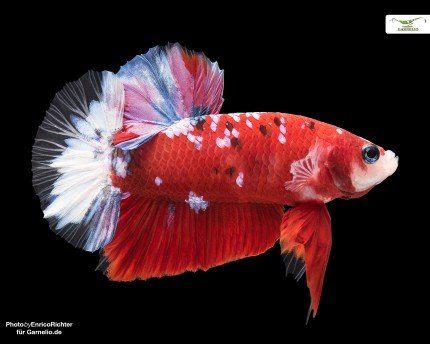

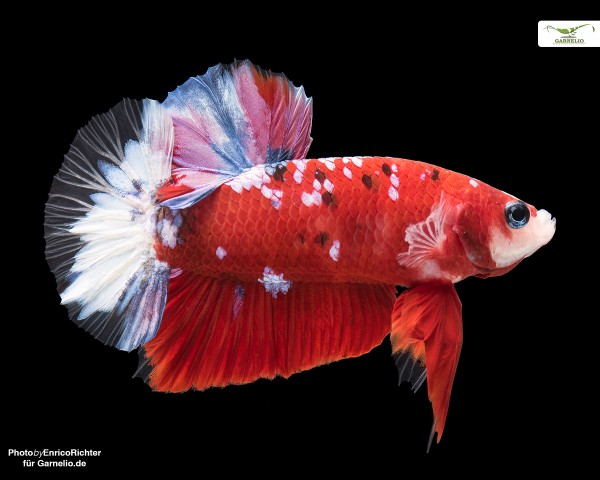


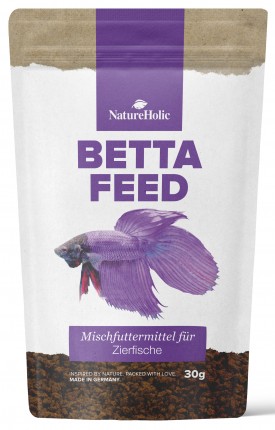
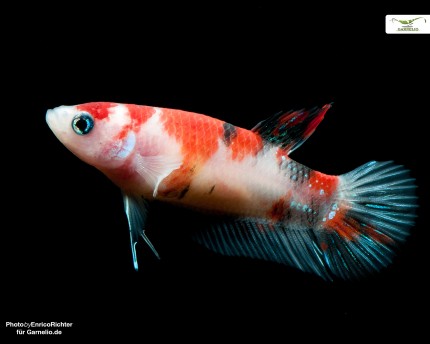

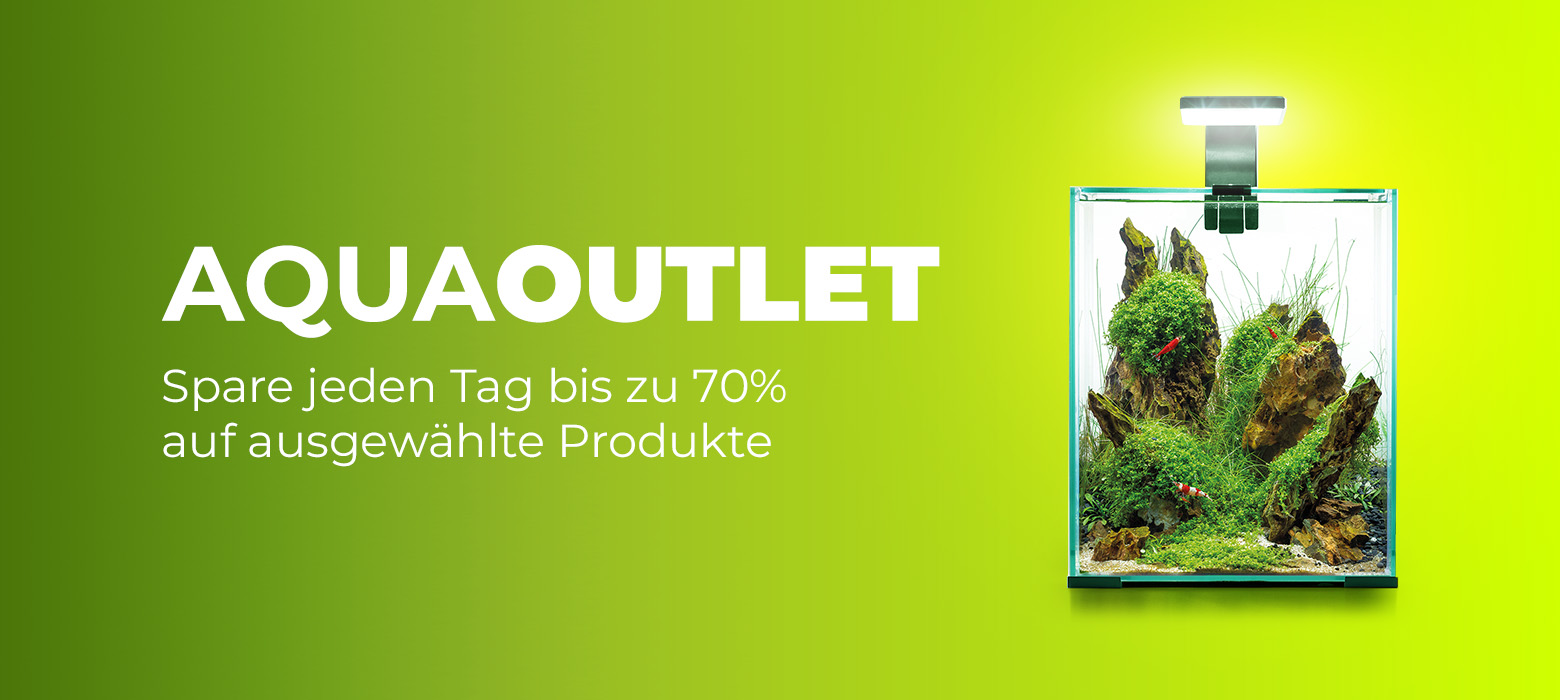
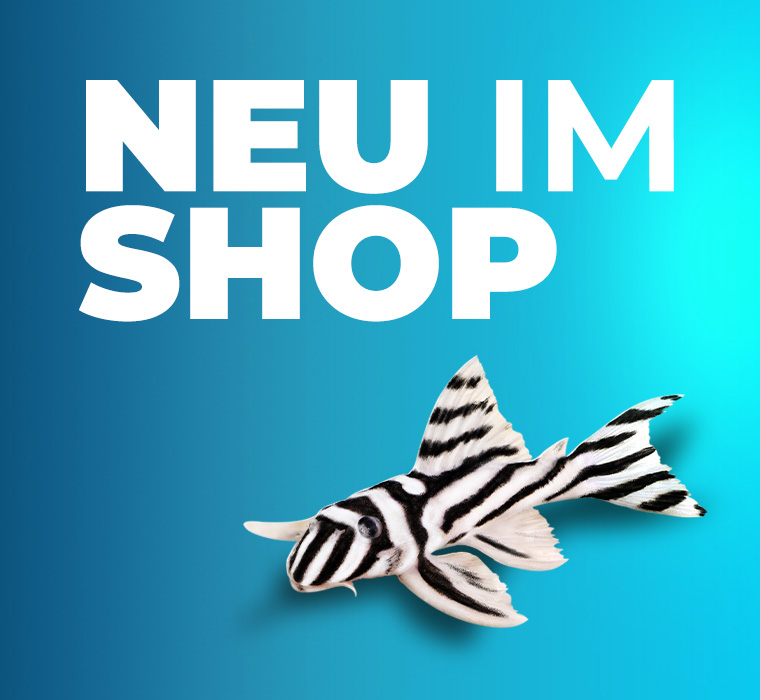
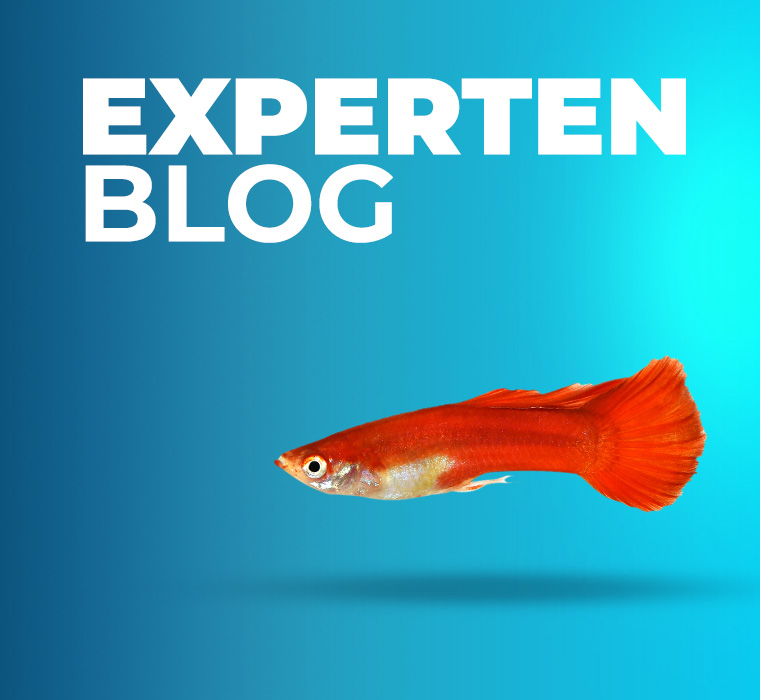

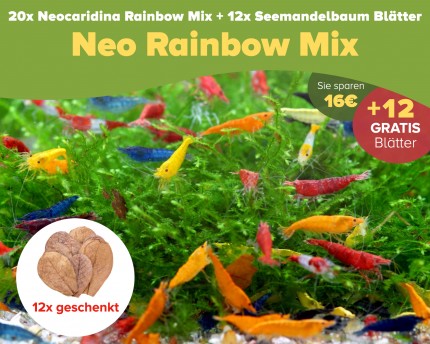
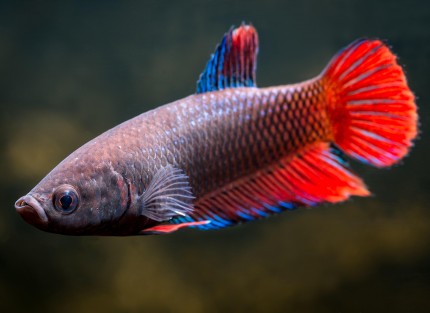
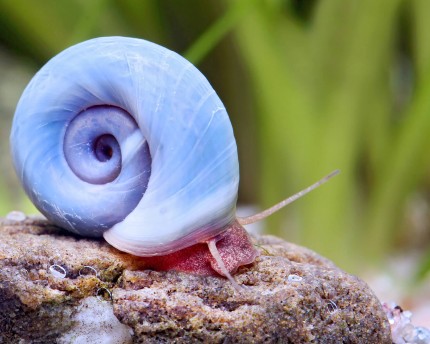
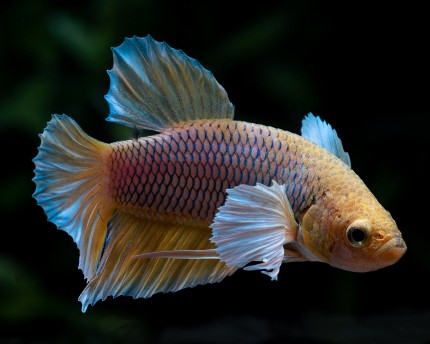
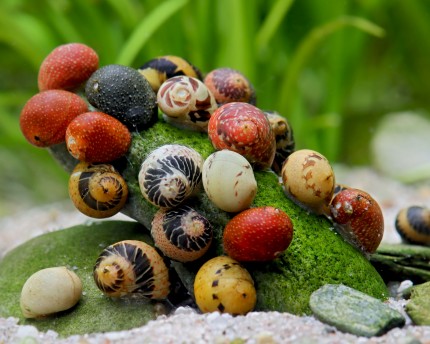
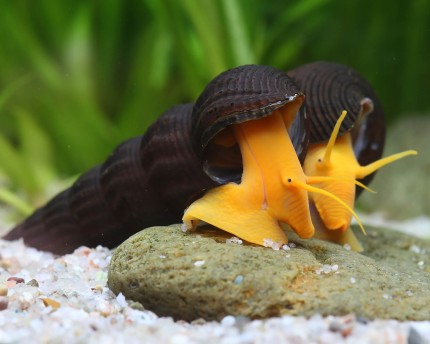
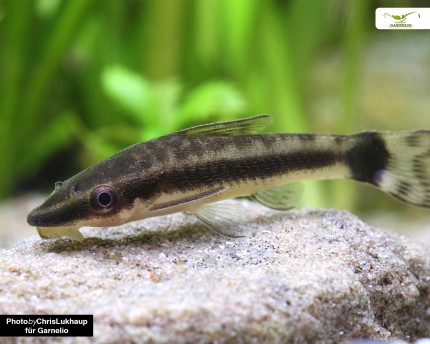
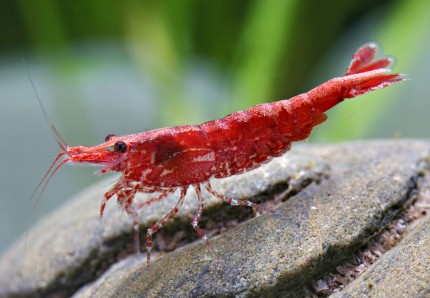
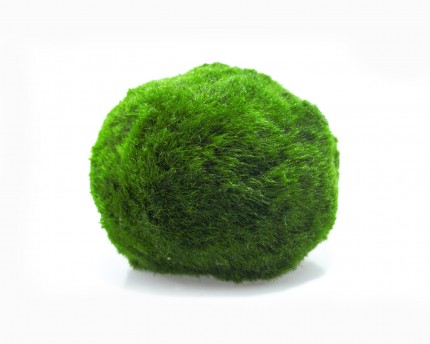
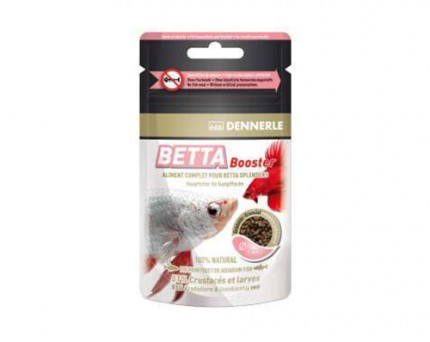
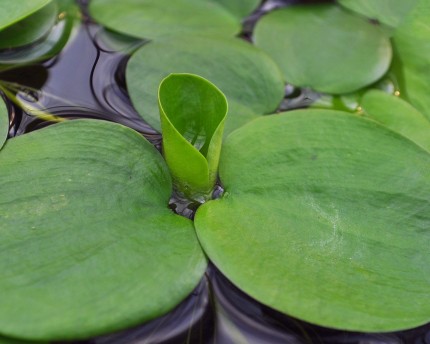
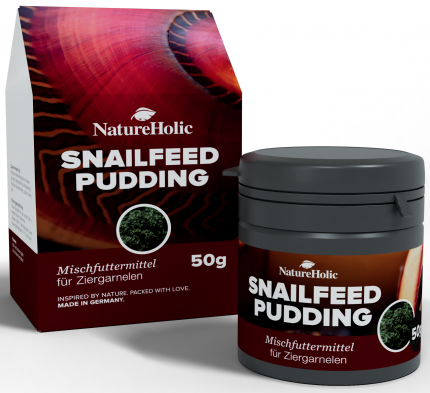
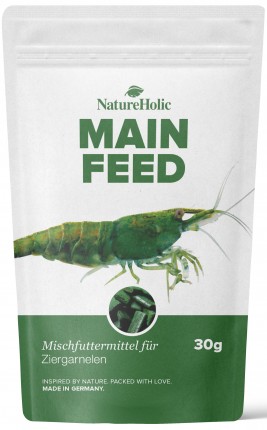
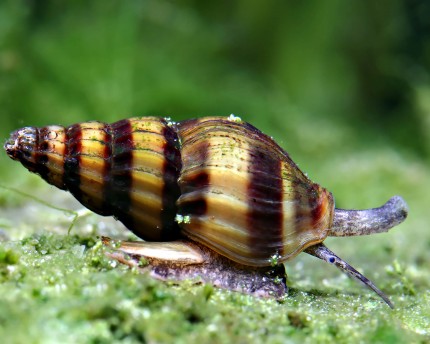
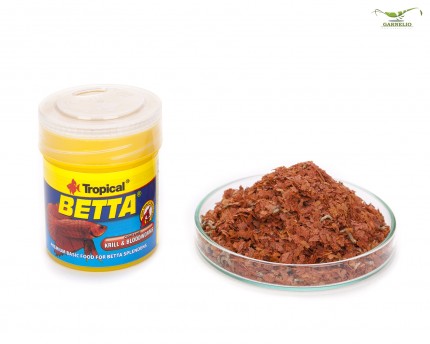

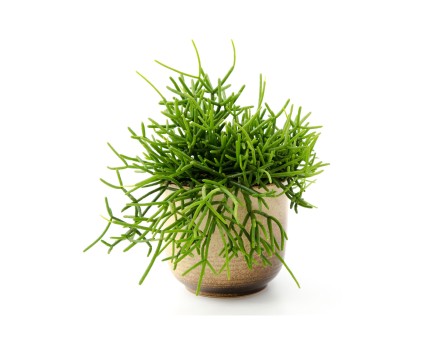
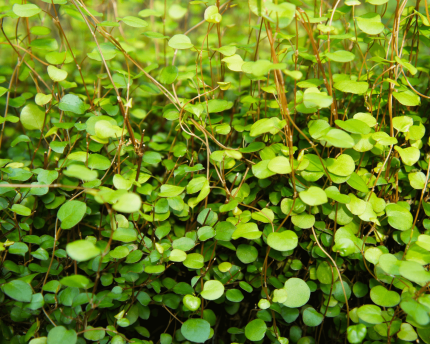
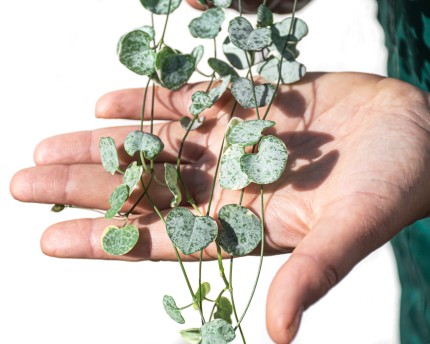
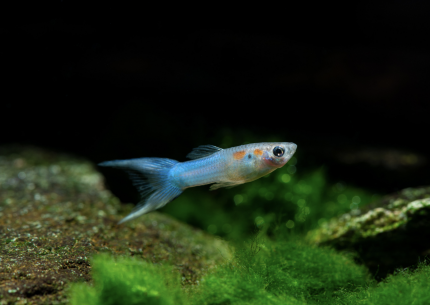
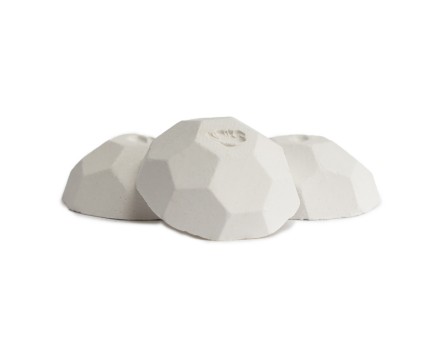
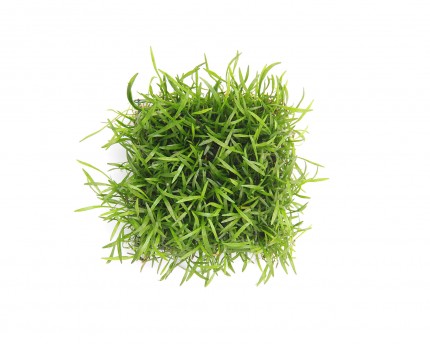
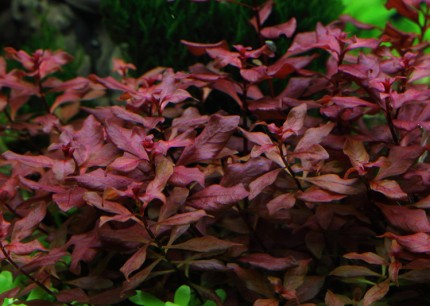
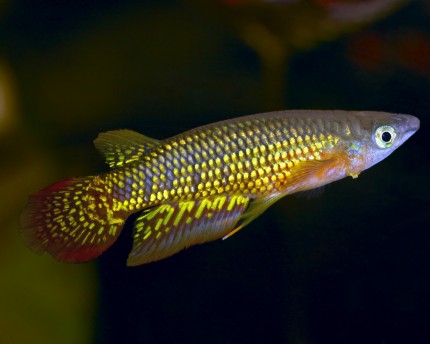
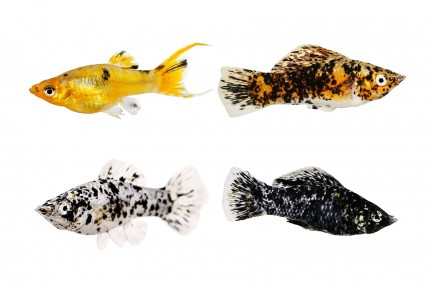
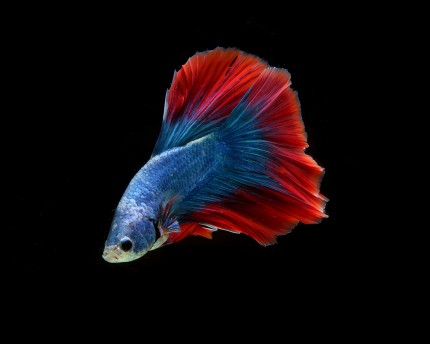
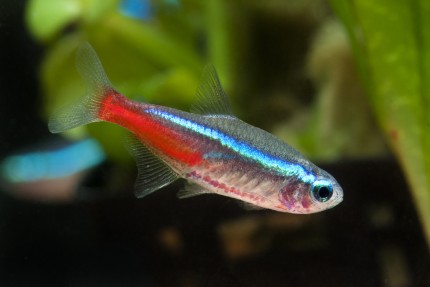
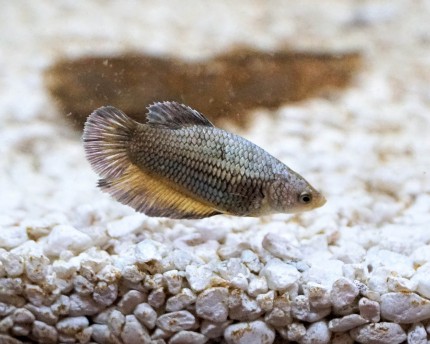
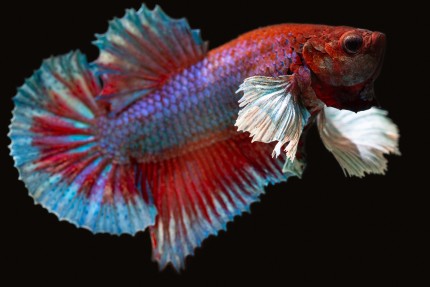
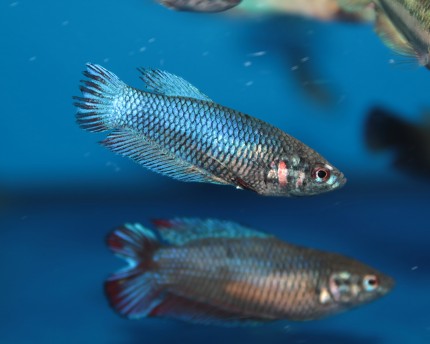
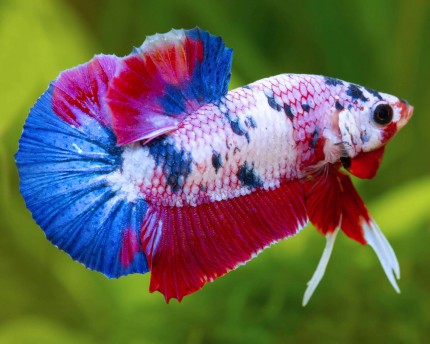
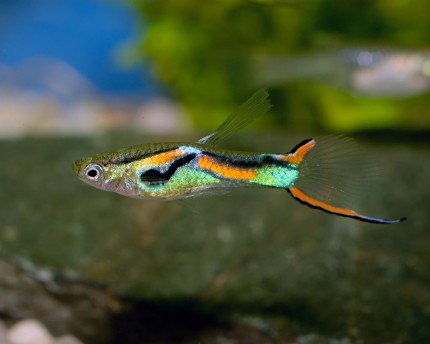
The fields marked with * are required.
I have taken note of the privacy policy.